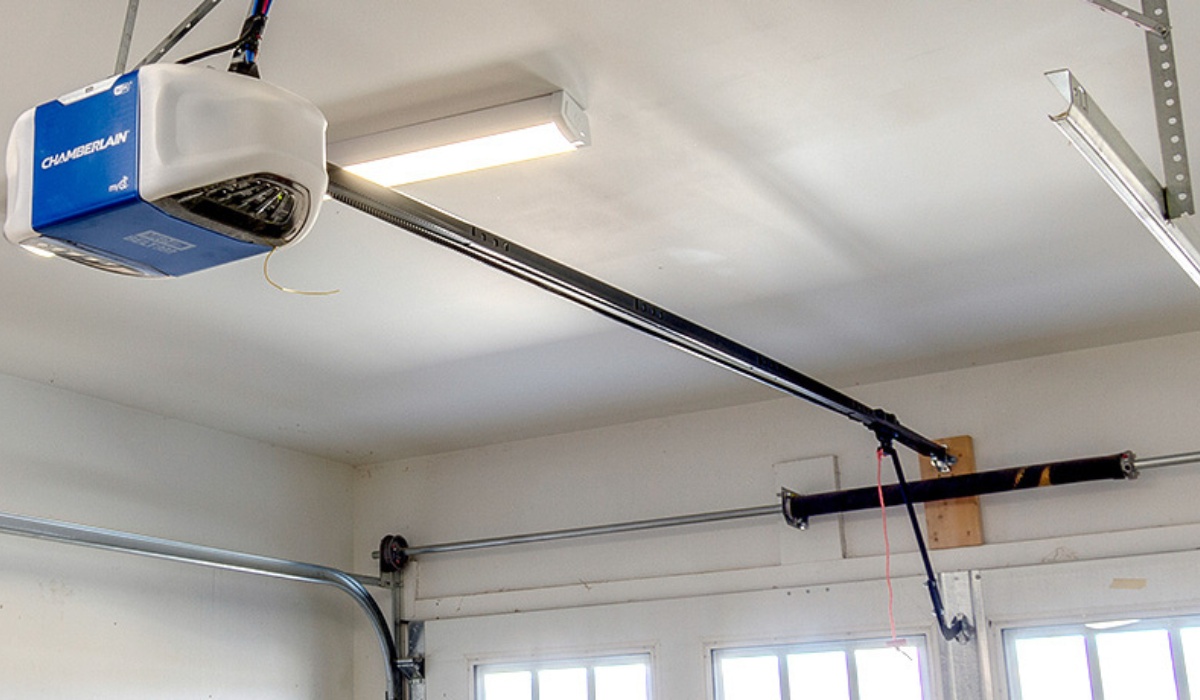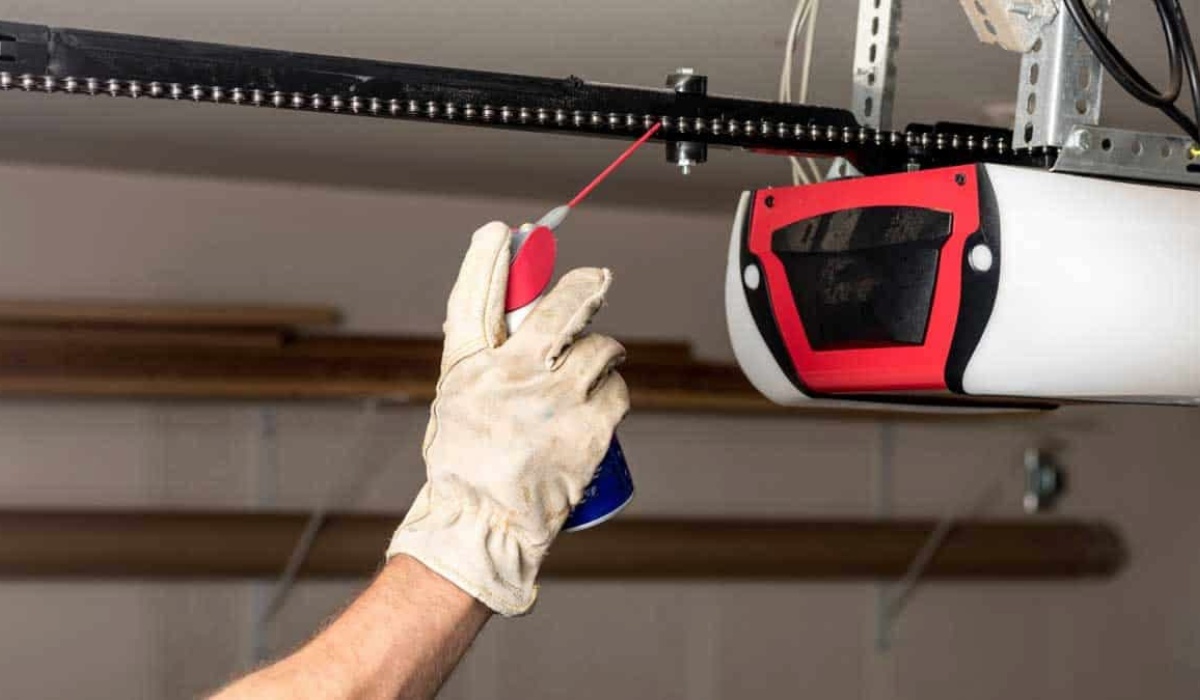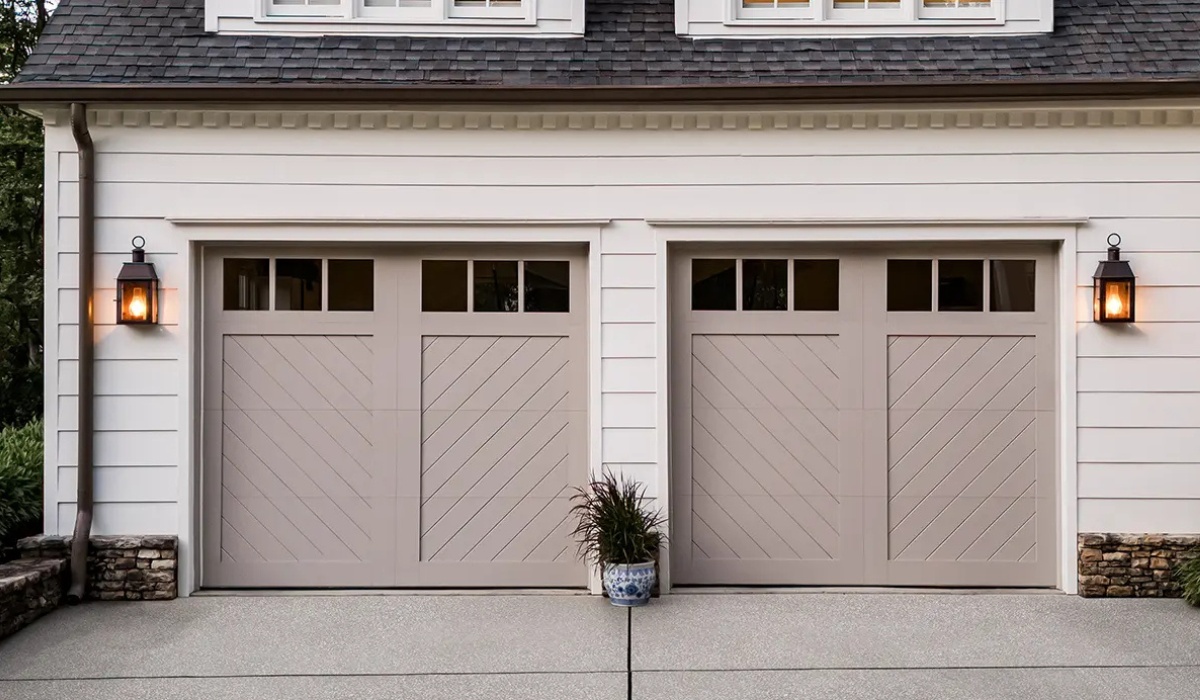
Garage Door Repair Steps: A Complete Step-by-Step Guide
Experiencing a malfunctioning garage door can disrupt your day and compromise your home’s security. Whether you're dealing with a broken spring, noisy rollers, or a faulty opener, understanding the proper garage door repair steps can save time, money, and frustration. This comprehensive guide will walk you through identifying common problems, essential tools, detailed repair procedures, maintenance tips, and when to call in a professional—empowering you to tackle repairs confidently and safely.
Common Garage Door Problems and How to Identify Them
Garage doors are complex systems involving springs, cables, tracks, and electronic components. Knowing the symptoms of common problems helps you diagnose the issue before attempting repairs or seeking professional help.
Broken Springs – Types and Symptoms
Garage door springs bear the heavy load of lifting and lowering the door. There are two main types:
- Torsion Springs: Mounted above the door, these twist to create tension.
- Extension Springs: Located on either side of the door, stretching and contracting during operation.
Signs of broken springs include:
- The door will not open or closes too quickly.
- A loud bang indicating spring snapping.
- Visible gaps or breaks in the spring coil.
- Door becomes unusually heavy to lift manually.
Broken springs require urgent attention due to safety hazards associated with spring tension.
Off Track Doors and Bent Tracks
The door runs along metal tracks that can become bent or misaligned from impacts or wear.
Symptoms of off track or bent tracks include:
- The door gets stuck or jams midway.
- Uneven movement or one side moving slower.
- Tracks visibly bent or separated from mounting brackets.
These issues cause strain on rollers and opener motors, leading to further damage if untreated.
Noisy or Stuck Doors
Noises like grinding, squeaking, or rattling often point to worn rollers, dry hardware, or misaligned parts.
Common causes of stuck or noisy doors:
- Dried-out or dirty rollers needing lubrication.
- Worn bearings or broken rollers.
- Loose or damaged hinges and bolts.
- Obstructions in tracks or sensors.
Regular maintenance can prevent these issues but repairs may be needed if sound persists.
Remote Control and Opener Issues
Garage door openers rely on remote controls, safety sensors, and motorized mechanisms which occasionally malfunction.
Opener problems can include:

- Door won’t respond to the remote or keypad.
- Motor runs but door doesn’t move.
- Safety sensors misaligned causing door to reverse.
- Dead remote batteries or faulty programming.
Troubleshooting opener issues often involves checking batteries, sensor alignment, and limit switch adjustments.
Damaged Panels and Worn Rollers
Panels protect the door’s integrity and aesthetics, while rollers facilitate smooth motion.
Indicators of panel or roller damage:
- Visible cracks, dents, or holes in panels.
- Rollers wobbling, stuck, or missing.
- Door operates unevenly or noisily.
Replacing damaged panels and rollers restores smooth operation and prevents further wear.
Tools and Safety Precautions Before Starting Garage Door Repairs
Proper preparation is crucial for safe and successful garage door repairs, especially when dealing with components under high tension.
Essential Repair Tools Checklist
- Winding bars (for torsion spring adjustment)
- Socket wrench set and screwdrivers
- Pliers and adjustable wrench
- Clamps or locking pliers
- Lubricant spray (silicone or lithium-based)
- Ladder and safety glasses
- Multimeter or voltage tester (for electrical troubleshooting)
- Replacement parts (springs, cables, rollers)
Having these tools on hand ensures repairs proceed smoothly without unnecessary delays.
Door Safety Tips and Spring Tension Hazards
Garage door springs carry extreme tension and can cause serious injury if mishandled.
- Never attempt spring replacement without proper winding bars.
- Always disconnect power to the opener before starting work.
- Use clamps to secure the door in the open position to prevent accidental closing.
- Wear safety goggles and gloves.
- Understand that extension spring repairs are less complex but still require caution.
- When in doubt, call a professional to avoid risk of injury or property damage.
When to Call a Professional
Some repairs, especially involving springs or major motor issues, are best left to licensed technicians.
Call a professional if:
- Springs are broken or suspect tension adjustment is needed.
- Door comes off the track frequently despite DIY fixes.
- Remote and opener motor fail after basic troubleshooting.
- You lack tools or confidence to work safely on door components.
- Immediate or emergency garage door repair is necessary for security.
A certified technician can provide fast, affordable, and reliable service with warranties.
Step-by-Step Garage Door Repair Procedures
This section outlines clear steps to address common repairs, from spring replacement to opener troubleshooting.
Spring Replacement (Torsion and Extension Springs)
Torsion Spring Replacement:
Extension Spring Replacement:
Always follow manufacturer instructions and safety protocols strictly.
Cable Repair and Pulley Replacement
If cables snap or fray:
Cables maintain door balance so correct installation is crucial.
Track Repair and Door Alignment
Bent or loose tracks can be repaired as follows:
Proper track alignment reduces wear on rollers and cables.
Roller Replacement and Lubrication Techniques
Lubrication every 6 months prevents noisy and stuck doors.
Panel Repair and Hardware Replacement
Minor dents can sometimes be hammered out, but larger damage requires panel replacement.
Replace worn hinges, brackets, and fasteners during this process.
Door Opener Troubleshooting and Limit Switch Adjustment
Common opener issues involve force or limit settings:

Consult opener manuals for exact adjustment procedures.
Remote Control Repair and Programming
For remotes not working properly:
Proper programming eliminates frustration and ensures smooth access.
Maintenance Tips to Prevent Future Garage Door Repairs
Routine maintenance extends garage door life and reduces unexpected breakdowns.
Regular Inspection Checklist
- Check springs and cables for visible wear or damage.
- Inspect tracks and rollers for debris or misalignment.
- Test door balance by disconnecting opener and manually lifting halfway.
- Ensure safety sensors are clean and aligned.
- Verify opener force and limit settings.
Doing this monthly or quarterly helps catch issues early.
Lubrication and Cleaning Best Practices
Apply lubricant to:
- Rollers, hinges, and bearings.
- Spring coils and pulleys.
- Inside of track rails.
Use silicone or lithium-based lubricants; avoid heavy oils that attract dirt. Clean tracks with mild detergent and remove debris before lubrication.
Weatherstripping and Door Seal Replacement
Weatherstripping protects against drafts, moisture, and pests:
- Inspect bottom seals quarterly.
- Replace cracked or brittle seals promptly.
- Clean seal surfaces for better adhesion.
Proper sealing also improves insulation and quiet operation.
Security and Quiet Operation Improvements
Consider upgrading to:
- Insulated panels for noise reduction and energy savings.
- Reinforced locks and smart keypads.
- Whisper-quiet nylon rollers instead of steel.
These upgrades add convenience and peace of mind.
Emergency Garage Door Repair Services and Same-Day Solutions
Sometimes, urgent repairs are unavoidable, especially for security or safety reasons.
Signs You Need Emergency Repair
- Garage door stuck open or closed in unsafe conditions.
- Broken spring or snapped cable posing immediate hazard.
- Opener failure jeopardizing home access.
- Severe damage from accidents or storms.
In these cases, same-day repair service is essential.
Choosing Affordable and Reliable Repair Professionals Near You
Look for:
- Licensed and insured service providers.
- Positive customer reviews and testimonials.
- Clear pricing estimates before work.
- Availability of 24/7 or emergency repair calls.
- Quick response times and warranty offers.
Prompt professional help ensures safety and restores reliable operation fast.
Frequently Asked Questions About Garage Door Repairs
How do I know if my garage door spring is broken?
If the door won’t open, seems heavier than usual, or you hear a loud snap near the spring area, it’s likely broken.
Can I safely replace garage door springs myself?
Due to high tension risks, spring replacement is best done by professionals unless you have the right tools, knowledge, and experience.
What causes a garage door to go off track?
Hitting objects, worn rollers, loose brackets, or bent tracks can cause tracking issues.
How often should I lubricate my garage door?
Ideally, lubricate moving parts every six months for smooth and quiet operation.
What are signs that my garage door opener needs repair or replacement?
The opener runs but door doesn’t move, door reverses unexpectedly, or remotes don’t respond reliably.
How do I program a new remote control?
Press the “learn” button on the opener and activate the remote within 30 seconds, following the manufacturer’s guide.
When should I call a professional instead of doing a DIY repair?
If repairs involve springs, cables under tension, or complex opener issues, call a professional for safety.
What maintenance can prevent noisy or stuck garage doors?
Regular cleaning, lubrication, inspection of rollers and tracks, and timely replacement of worn parts.
Are emergency garage door repairs available 24/7?
Many companies offer round-the-clock emergency services for urgent situations.
What tools do I need for basic garage door repairs?
At minimum, winding bars, socket wrenches, pliers, screwdrivers, clamps, lubricant, and safety gear.
Garage door repairs can be manageable with the right knowledge, tools, and precautions. By following this step-by-step guide and maintaining your door regularly, you ensure smooth, safe, and reliable operation year-round. Always prioritize safety and don't hesitate to contact trusted professionals when facing complex or hazardous repairs. Keep your garage door functioning flawlessly and protect your home with confidence!